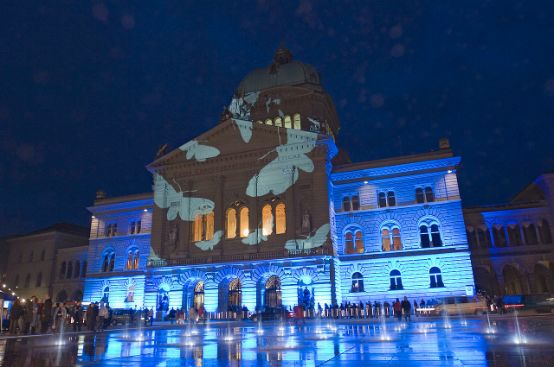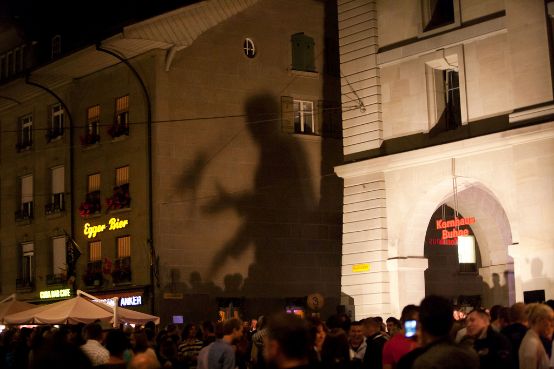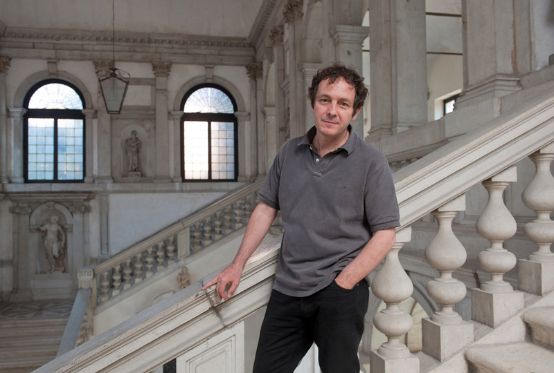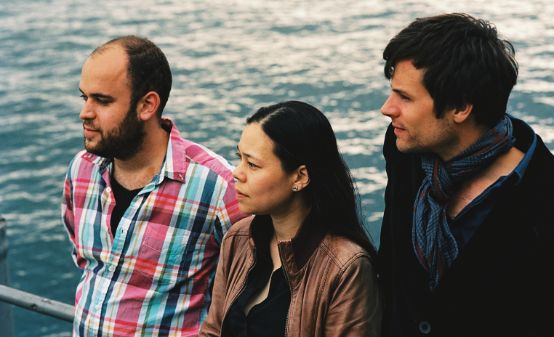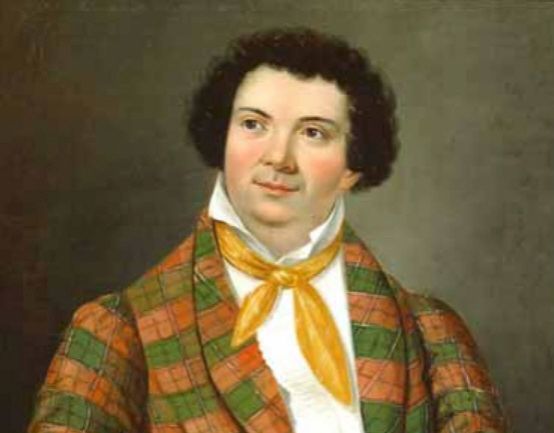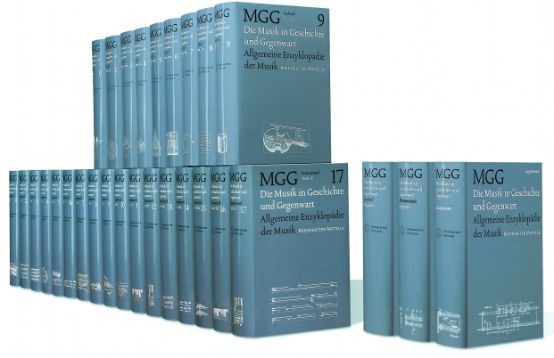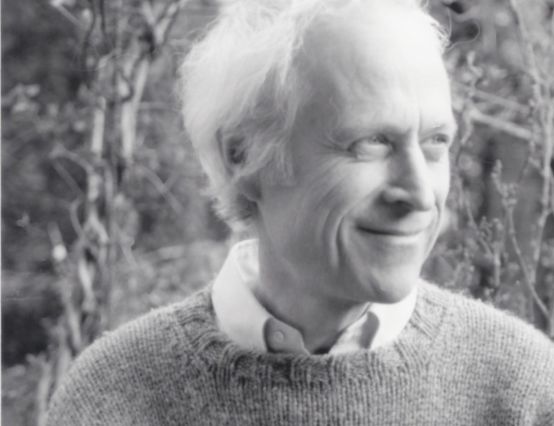Tausk remains with the St. Gallen Symphony Orchestra
The St. Gallen Symphony Orchestra and Otto Tausk will continue their collaboration. Otto Tausk has extended his contract as principal conductor for a further three years until 2018.
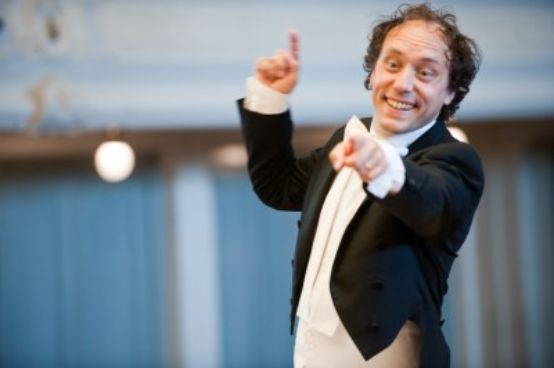
Otto Tausk has been Chief Conductor of the St. Gallen Symphony Orchestra and Theater St. Gallen since 2012/2013. As an "inspiring artistic personality who inspires audiences and orchestral musicians alike", Otto Tausk has already "made a significant contribution to the regional and international appeal of the St. Gallen orchestra and music theater" in his first two years in office.
In the 2013/2014 season, Tausk most recently conducted eight symphony concerts in St. Gallen and accompanied the orchestra to guest performances in Switzerland and the Netherlands. In music theater, the productions of Mozart's "Don Giovanni" and Erich Wolfgang Korngold's "Die tote Stadt" that he conducted were most popular, according to the orchestra's press release.






